DIY LG washing machine pump repair
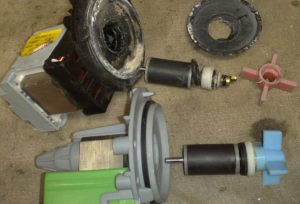 Washer specialists often call the pump the “heart” of the machine. The fact is that it pumps waste water out of the unit, takes on the greatest loads and is subject to severe wear. Sooner or later, the part becomes clogged or fails, and only self-repair of the washing machine drain pump can save the situation. How can LG owners do this and what will be needed to replace it?
Washer specialists often call the pump the “heart” of the machine. The fact is that it pumps waste water out of the unit, takes on the greatest loads and is subject to severe wear. Sooner or later, the part becomes clogged or fails, and only self-repair of the washing machine drain pump can save the situation. How can LG owners do this and what will be needed to replace it?
Symptoms of pump failure
There is no need to rush to replacing the pump right away. First you need to identify the nature of the malfunction of the LG washing machine pump. The reason for a non-functional drain may be not only the “heart” of the washing machine, but also other problems of the machine. To avoid mistakes, we consistently check the “sore points” of the drainage system.
The LG washing machine system can itself diagnose problems with the pump and display the OE error code on the electronic display.
- We listen to the pump running. You can tell if the pump is OK by hearing. To do this, we start the cycle and carefully evaluate
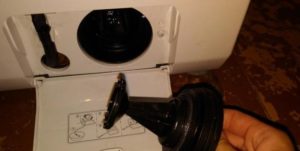 sounds coming from the unit. If, while draining and collecting water, a strong hum is heard from below, and the machine does not drain or collect water, there is a problem with the system. The situation is similar in the absence of noise, since normally measured and implicit noise should be present.
sounds coming from the unit. If, while draining and collecting water, a strong hum is heard from below, and the machine does not drain or collect water, there is a problem with the system. The situation is similar in the absence of noise, since normally measured and implicit noise should be present. - Clean the garbage filter. When a problem with the pump is detected, you should pay attention to the garbage filter. In the lower right corner of the case, open the technical hatch and unscrew the plastic attachment. There is probably a lot of dirt, hair and foreign objects on the coil, preventing the water from draining down the drain.Frequent guests in the filter are coins and bra wires.
- Feel the drain hose. The hose is often an obstacle to complete drainage. Therefore, we carefully probe the rubber for blockages, or better yet, disconnect it from the body and sewer and wash it under the tap. At this stage, it is recommended to check the result of the work done by turning on a test wash. If the pump is still “capricious,” then we look further.
More often than not, complete drainage is prevented by a clogged garbage filter or drain hose.
- Checking the rotation of the impeller. By unscrewing the drain filter and shining a flashlight through the vacated hole, you can see the pump impeller - a “wheel” with blades. We put our hand towards it and try to scroll the part. If this is not possible, then carefully clean the spare part from obstructing objects. Most likely, hair, threads, lint or wire are wrapped around the protruding parts. When rotation is not difficult, but the pump does not work, then the reason is different, and to repair the pump you will have to completely disassemble the machine.
Finally, we check the contacts and sensors of the pump, which must be intact and functioning. If everything is in order with them, then we test the control unit for functionality. When there are no problems with the control board, there is only one solution - replace the pump. We will describe in detail below how the drain system is repaired.
What is needed for repair?
To repair a faulty pump yourself, you will have to stock up on some tools and components. Their number directly depends on the scale of the problem that has arisen and the habits of the master. If we consider the worst case scenario of pump failure, the following parts will be required:
- drain pump;
- impeller;
- axis;
- contacts;
- pump sensor;
- cuff;
- rubber gasket;
- pulley.
You should be careful when selecting replacement parts - the spare parts must ideally fit the existing LG model. Ideally, you need to dismantle the old drain and ask the store salesperson to find suitable analogues. Another guideline will be the serial numbers, which must be applied to all pump components.
When ordering parts to replace a pump through an online store, you must check the serial number of all components of the pump and the LG model itself.
The set of tools is several times smaller. Most of the work can be done with a Phillips screwdriver and a pocket knife. Sometimes you can’t do without a multimeter, which can be used to test contacts, sensors and power elements.
Is it difficult to find a pump?
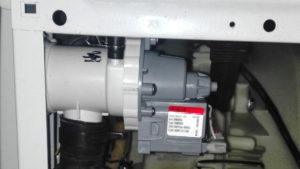 The location of the drain pump is standard in almost all LG models, regardless of whether the machine has a direct drive or a belt drive. Moreover, getting to the location of the malfunction will not be difficult - you will not have to completely disassemble the case. There is also no need to even unscrew the back wall, top cover, tray or front panel. Finding the pump is much easier, since it only requires a series of simple steps.
The location of the drain pump is standard in almost all LG models, regardless of whether the machine has a direct drive or a belt drive. Moreover, getting to the location of the malfunction will not be difficult - you will not have to completely disassemble the case. There is also no need to even unscrew the back wall, top cover, tray or front panel. Finding the pump is much easier, since it only requires a series of simple steps.
- Disconnect equipment from electricity.
- Drain waste water from the drum using the emergency drain.
- Shut off the water supply and disconnect from the sewer.
- Tilt the body back, placing old rags under the machine.
If you have any doubts about your abilities, it is better to contact the customer service for professional help.
All. We look under the bottom and get free access to the entire drain system. There is another way - move the machine to the center of the room and place it on its left side.
Removing and disassembling the pump
The key point in repairing the pump will be its disassembly.This is the only way to find out whether the impeller rotates on the shaft and is secured to the clamps. You also cannot do without an internal check if the rotation of the blades is difficult, but there is no visible interference, debris, foreign objects, or hair. Then you will have to disassemble the case and look for the problem inside. A standard dismountable pump “opens” as follows:
- disconnect the pump from the volute by unscrewing the retaining screws;
- press on the pump from the side of the drain valve, and then pull the housing towards you;
- drain the remaining water from the part;
- pry the latch on the pump body from two edges;
- remove the pump from the coil.
If the LG model is equipped with a “non-separable” type of pump, then there is no need to refuse repairs. Even such mechanisms can be disassembled - you just need to follow certain instructions.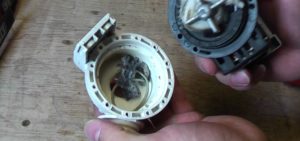
- Disconnect the pump housing together with the impeller from the volute and coil.
- Inspect the seemingly monolithic part.
- Wear gloves.
- Take any hair dryer and set the device to the lowest temperature setting.
- Gently warm up the “shank” of the pump – the long rear tip.
- After a few minutes of warming up, use a Phillips screwdriver to pry up the crosspiece and remove it from the housing. Along with the crosspiece, you also get a magnet, which makes the structure “non-separable.”
- Thoroughly clean the disconnected part and the seat from accumulated dirt.
- Remove the magnet from the shaft.
- Find the bearing on the removed magnet and lubricate it with the appropriate mixture. Don't forget about the second bearing located at the bottom of the housing.
- Return the removed pump parts to their original places.
- Press the upper part of the housing until you hear a click and the sealing rubber ring “sits” tightly into place.
Before installing a new pump, you should thoroughly clean all elements of the drain system: volute, seat, impeller, suitable pipes.
If during the inspection it turns out that the pump cannot be repaired, then you will have to accept a replacement. You just need to buy a new pump and install it in place of the old one. The dismantling and installation process is simple, so we will not describe the instructions in detail.
Interesting:
Reader comments
- Share your opinion - leave a comment
Categories
Washing machine repair


For buyers

For users

Dishwasher

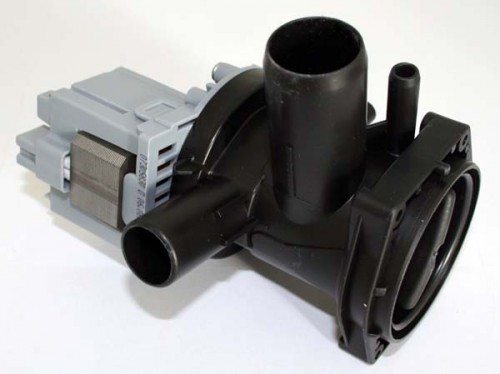
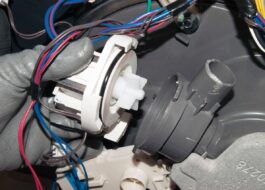
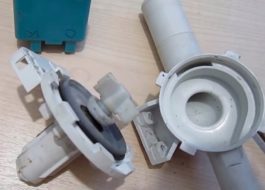
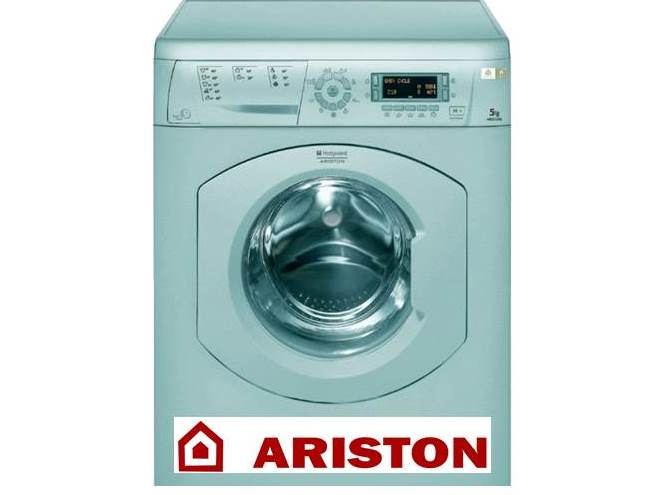

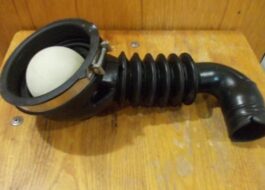










Add a comment